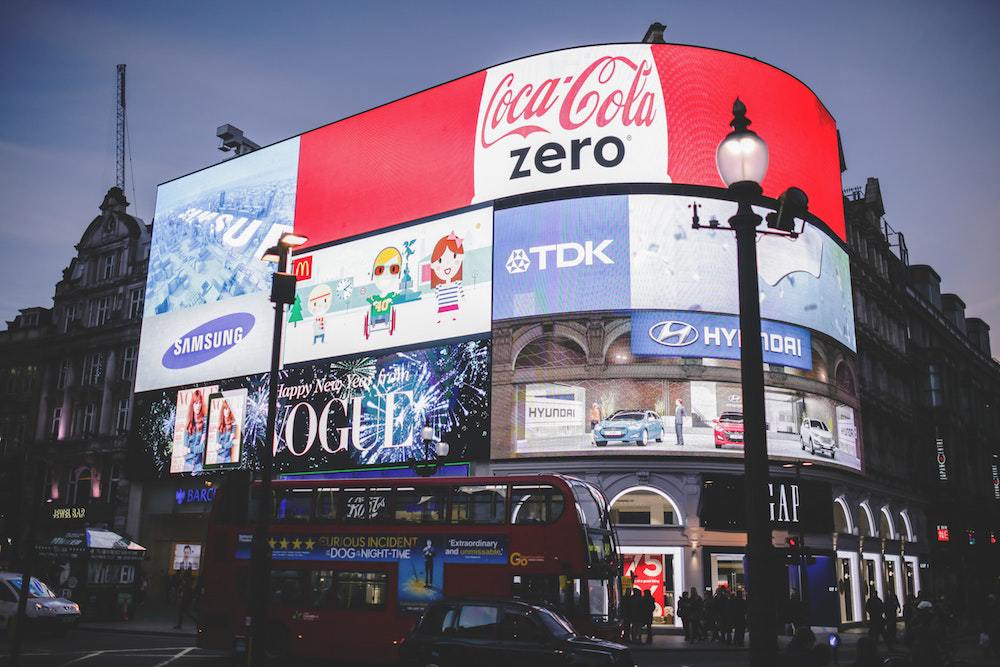If you have some experience in marketing, you may have heard that “the best marketing doesn’t feel like marketing at all.” But what does this mean, and is it actually true? Does a piece of marketing—whether it’s advertising, publicity, or some other kind of promotional copy—really have to be sneaky to be effective?
The answer is no, not necessarily, but it can help with the right demographic. For example, a study of how millenials respond to marketing by the McCarthy Group found that 84 precent of participants claimed to dislike typical advertising. Additionally, when asked to rate advertising on a scale from one (less trustworthy) to five (more trustworthy), a majority of the participants chose one. It isn’t hard to imagine why this might be the case when you take into account how advertising has become increasingly personal and pervasive as technology has advanced. For millenials who have been a major target for digital advertising campaigns, overt marketing and advertising can be off-putting and even suspect. With this in mind, companies (including publishers) have had to rethink their methods for marketing in the digital age.
Enter native advertising, a form of marketing that has grown in popularity and efficacy over the last five to ten years. To put it simply, native advertising is a kind of paid marketing that embeds an advertisement for a product or service within a piece of media, like and article or feature, from a popular and oftentimes trustworthy source. One of the most famous examples of successful native advertising is this feature in the Onion which upholds the satirical nature of the site but also sneakily advertises for H&R Block.
Interestingly, publishers are some of the better-known companies who have successfully made use of native advertising for years. One excellent example is a BuzzFeed listicle from 2015 which ranks ten of the most romantic lines in literature. This post on BuzzFeed was paid for and sponsored by HarperCollins, and each quote listed comes from a book HarperCollins published. Native advertising such as this works particularly well for publishers because it allows them to reach difficult-to-target demographics like millennials in an effective way. Embedding advertising into the types of articles they would interact with anyway incites less suspicion and promotes engagement.
Publishers don’t just use native advertising to market to consumers, but to businesses and booksellers as well. A simple search for native advertising in Publishers Weekly finds guidelines and templates for publishers to produce such content for the publication. According to Publishers Weekly, native advertising is “a highly successful marketing strategy” that “nestles [a] brand alongside PW editorial, increasing [its] potential to deliver valuable content to readers through the platforms they trust most.” This definition sums up native advertising particularly well, and also points to the reasons marketing teams at publishers should continue to use it. By piggybacking advertisements for books on editorial content readers trust, publishers can effectively encourage both booksellers and readers to buy more books in a way that actually speaks to consumers’ interests, buying behaviors, and tastes. In other words, the less your marketing actually looks and feels like marketing, the more effective it will be among even the most dubious consumers.


Using Sponsored Ads on Social Media to Sell Books | Ooligan Press
[…] blog post from October 2020 by Erica Wright, titled Marketing to Millennials: Native Advertising, explains the types of sponsored content that appeal the most to millennials. But how does an […]
Using Sponsored Ads on Social Media to Sell Books | Ooligan Press
[…] blog post from October 2020 by Erica Wright, titled Marketing to Millennials: Native Advertising, explains the types of sponsored content that appeal the most to millennials. But how does an […]